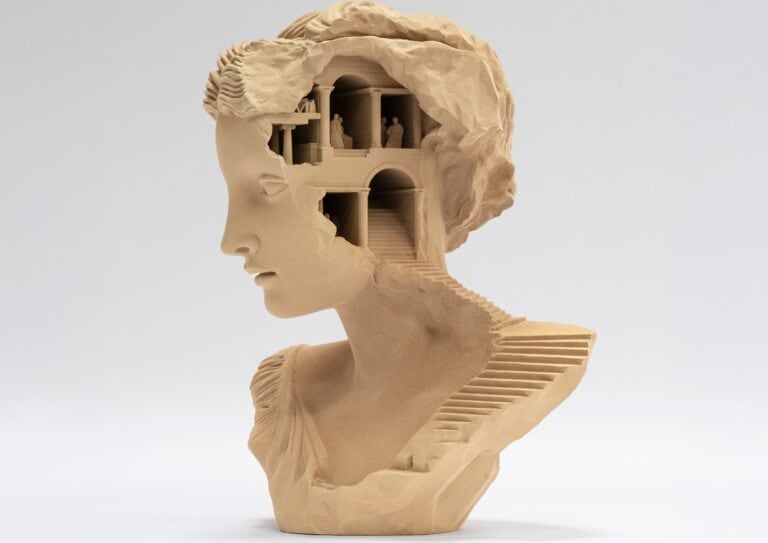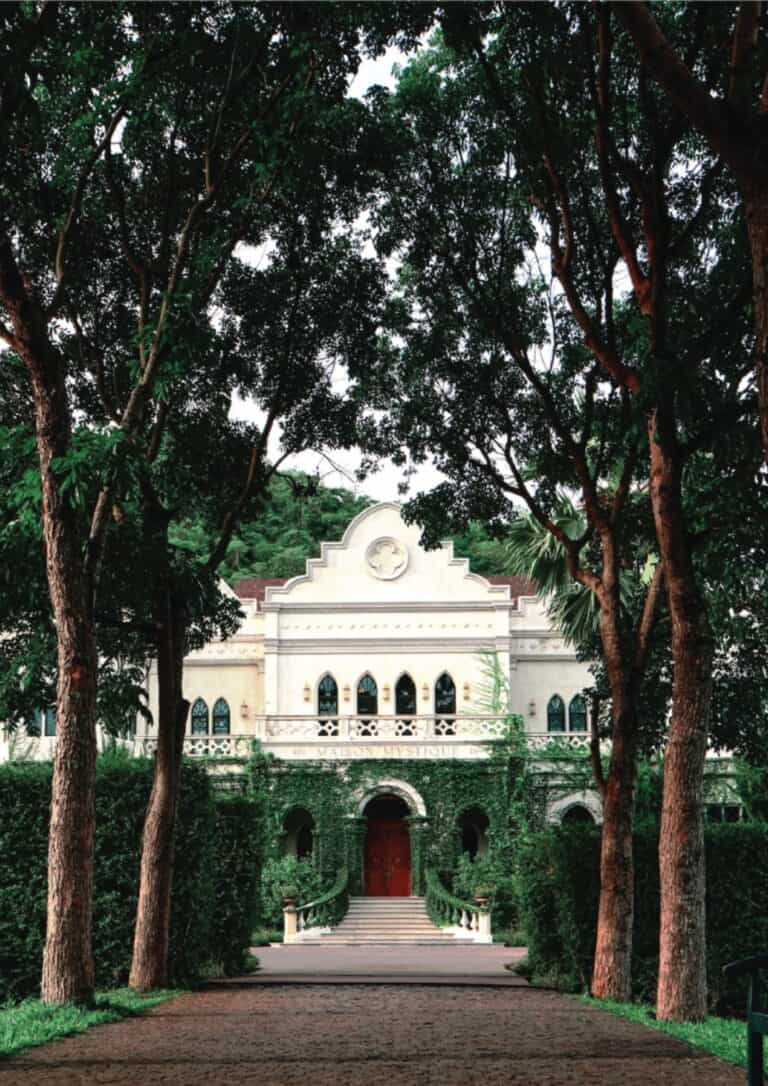
THE POWER OF SILENCE
Marie Loire Moulin
THE POWER OF SILENCE. In an age of saturation, stillness speaks. Silence becomes a powerful act, reshaping art, fashion, and resistance itself. For decades, silence has never been neutral. Historically, it’s been seen as a void, absence, censorship, erasure. However, political silence functions differently today. As a result, it carves space, it resists noise, it shapes culture from the margins. Indeed, in 2025, silence is an aesthetic, a stance, a statement, and more importantly, a choice.
SILENCE AESTHETICS: WHEN QUIET DISTURBS
Minimalist design once symbolized elegance. However, today, it protests spectacle and excess. Clean lines, empty spaces, no logos, labels like The Row or Lemaire reject fashion’s visual noise. Meanwhile, quiet luxury whispers where others shout. This anti-branding movement isn’t insecurity. It’s intention. Moreover, silence also shapes the art world. Tino Sehgal creates performances without objects (link here), sets, or documentation. In This is So Contemporary (2005), museum guards dance and chant around visitors. This Progress (2010), at the Guggenheim, unfolds as a series of conversations. This Variation (2012), at documenta XIII, immerses viewers in darkness, guided only by voices and motion. Sehgal turns absence into presence. Marina Abramovic uses silence just as radically. At Glastonbury 2024 (link here), she called for seven minutes of collective stillness, an act of quiet defiance before thousands. In these works, silence isn’t emptiness.

SILENCE PRESENCE: PERFORMANCE BEYOND VOICE
Nothing can be everything. In 2010, Marina Abramovic sat in silence for 700 hours at MoMA (link here). SHe said nothing. Still, the world listened. Her performance questioned what intimacy means in an age of exposure. Today, silence continues to shape new forms of expression. For example, the artist duo Pauline Boudry and Renate Lorenz created Silent, a video installation that replaces protest slogans with breath, pauses, and visual stillness. As a result, absence becomes a language of its own. (link here). The exhibition Sound Off: Silence + Resistance curated (link here) by Abigail Raphael Collins explored how silence can disarm, disturb, and demand attention.
SILENCE FASHION: UNBRANDING AS POWER
Luxury without logos is no longer niche. Its influence made invisible. Loro Piana, Toteme, and Phoebe Philo’s latest collection highlight garments that signal nothing, and everything. Clothes no longer scream status. They whisper legacy. This form of political silence resists consumerism. Instead of narrative-driven branding, these garments rely on cut, material, and silence. Even streetwear adapts: no slogans, no messages, just presence.
SILENCE REBELLION: WITHDRAWAL AS PROTEST
Some artists are retreating entirely. For instance, Baaraan Ijlal turns silence into archive. In Hostile Witness, it speaks for erased voices and censored places. In addition, in Recording Silence, she captures faint city sounds, murmurs, breath, and embeds them into layered artworks. Therefore, silence isn’t absence. It’s memory, and resistance (link here). Yves Klein’s Monotone-Silence Symphony includes 20 minutes of nothing (link here). John Cage’s infamous 4’33” composed silence into performance, Silence isn’t empty. The audience hears everything else: coughs, footsteps, breathing, distant traffic. Cage shows that there’s no such thing as true silence, we are always surrounded by sound, whether we notice it or not (link here). More recently, a collective including Damon Albarn and Kate Bush released Is This What We Want?, an album of nearly mute tracks (link here). It criticizes algorithmic music and AI homogenization. Their message? When algorithms listen to everything, say nothing.

SILENCE FUTURE: BEAUTY IN ABSENCE
Silence is no longer absence. Instead, it’s agency. In 2025, refusing to speak, brand, or explain becomes powerful. As a result, silence makes room. Moreover, it challenges reaction culture. Consequently, it lets the imagination work. Ultimately, political silence doesn’t erase meaning. It sharpens it.
Did you enjoy THE POWER OF SILENCE? Check out PALESTINIAN EMBROIDERY SPEAKS TRUTH AT V&A DUNDEE
Share this post
Marie Loire Moulin approaches fashion as an immersive language—one that expresses identity, character, and cultural influence. Echoing Jean Cocteau’s observation that “Fashion is what goes out of fashion,” Moulin embraces the paradox at the heart of her craft. For her, fashion is a living, breathing art form—constantly deconstructed, reimagined, and reshaped in response to the world around it.
What fuels Marie Loire’s creativity is the ability to blend worlds—to explore the intersections of fashion, technology, history, and art. She is inspired by how these disciplines collide to generate experiences that are not only visually compelling, but also deeply purposeful.
Moulin is particularly drawn to artistic expressions that serve as bridges—linking cultures, fusing tradition with innovation. Sustainability, for her, is not a buzzword but a foundation. She sees it as a long-term commitment to thoughtful creation, not a passing aesthetic.
As a stylist working with actors on film sets, Marie Loire thrives on transforming a director’s vision into living, breathing characters. Through wardrobe and silhouette, she builds atmospheres that tell stories—stories of emotion, intention, and presence.
Her creative drive extends into virtual reality and immersive art, where she explores how emerging technologies can shift perception and spark connection across cultural boundaries. For Moulin, the digital realm is just another canvas—one that, when used with care, has the potential to resonate as powerfully as the physical world.
Whether on set or in virtual space, Marie Loire seeks originality and depth. Her work is marked by richly layered references, a reverence for detail, and a belief that fashion—at its best—can speak not just to the eye, but to the mind.
Read Next




